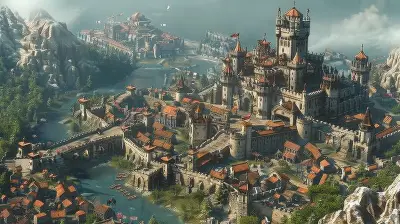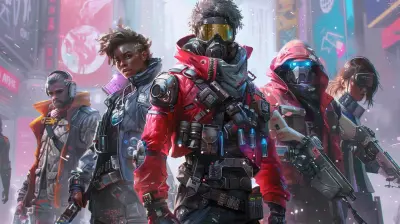Environmental Storytelling: Building Worlds That Tell Their Own Story
22 May 2025
Have you ever wandered through a video game world and felt like the environment itself had a story to tell? Like every corner, every crack in the wall, or every scattered piece of furniture was whispering secrets about what happened before you arrived? That, my friend, is the magic of environmental storytelling.
From decrepit ruins to bustling marketplaces, environmental storytelling is the art of weaving tales through the world itself. It’s like the game environment becomes a silent narrator, dropping breadcrumbs for players to piece together the bigger picture. Let’s dive into what makes this technique so special and how it elevates the experience of gaming to something truly unforgettable.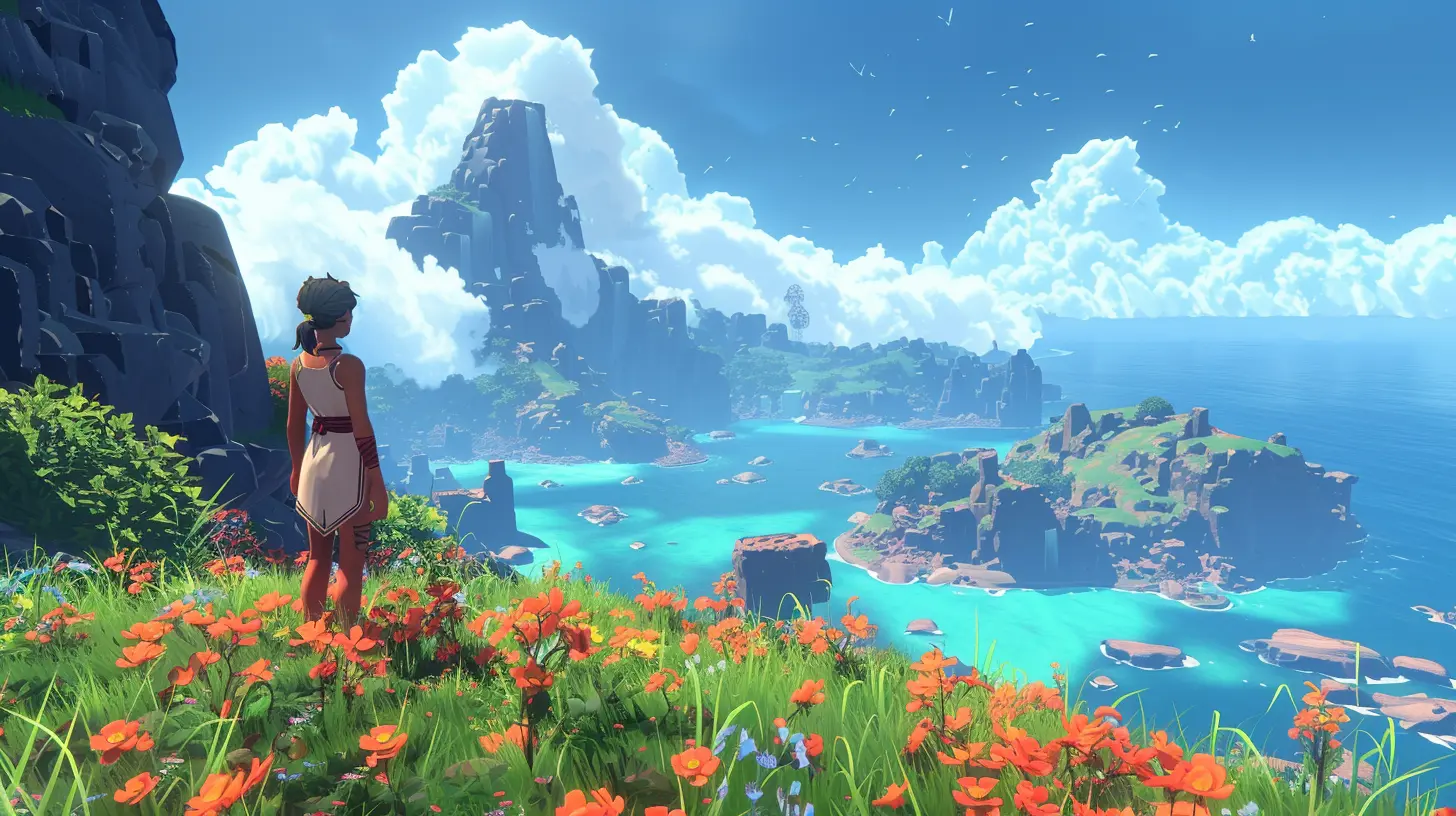
What is Environmental Storytelling?
So, what exactly is environmental storytelling? In a nutshell, it’s the practice of using the game’s surroundings—objects, architecture, lighting, sound, and layout—to convey narrative elements to the player, without relying on dialogue or exposition. It’s the kind of storytelling that rewards curiosity. Look closely, and you’ll uncover the untold history of a place. Ignore it, and you might miss some of the game's best moments.Think of it this way: traditional storytelling is like being handed a book—it tells you everything upfront. Environmental storytelling, on the other hand, is like being given a scrapbook full of cryptic photos and notes. The pieces are all there, but it’s up to you to put them together. It’s subtle, it’s immersive, and when done well, it’s absolutely brilliant.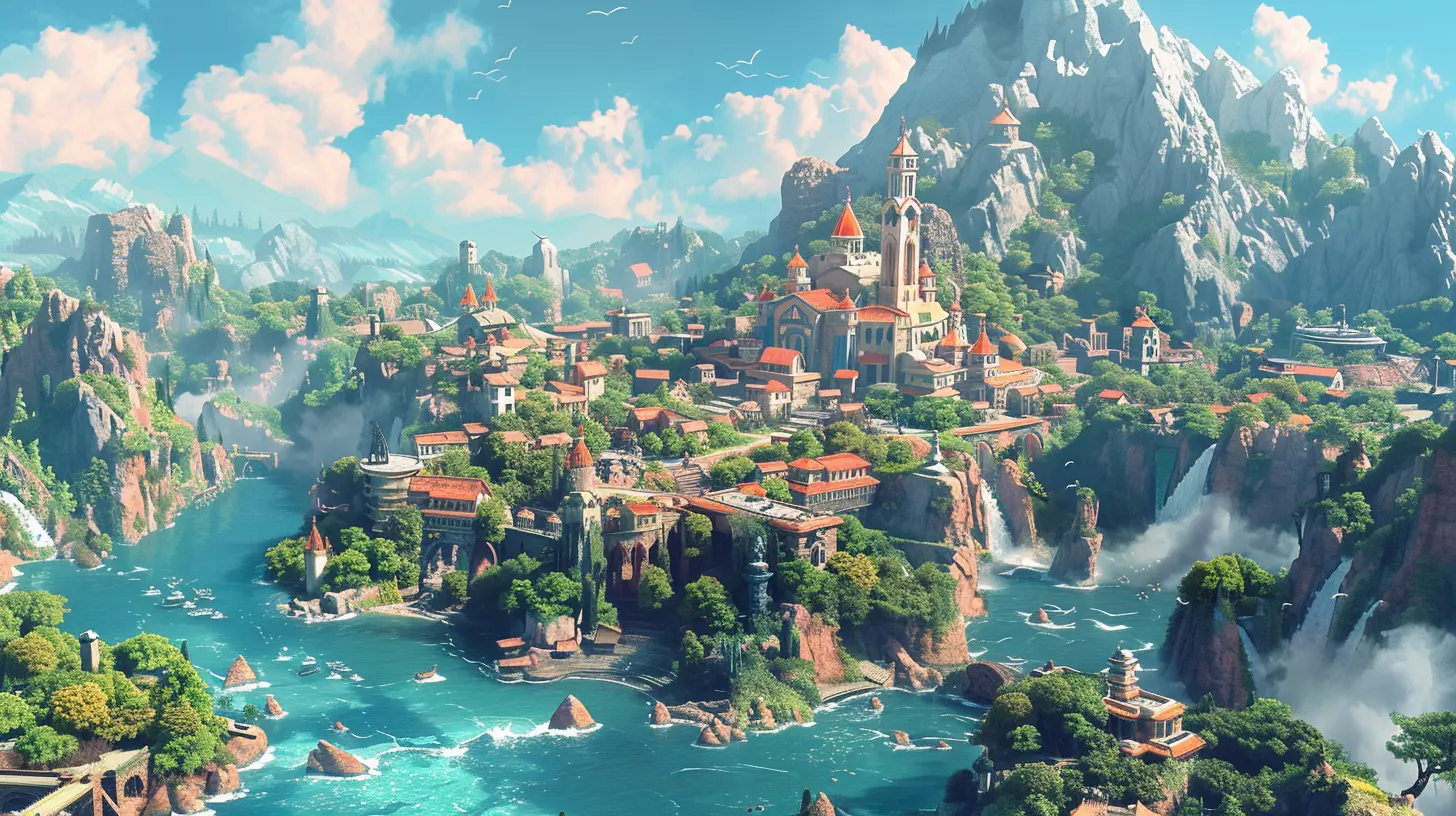
Why Does Environmental Storytelling Matter?
Let’s face it—gamers are smart, and we love a good challenge. Environmental storytelling respects that intelligence. It trusts players to pay attention, connect the dots, and come to their own conclusions. That makes it all the more rewarding when you finally figure out what happened in a world that felt so alive and rich.But it’s not just about the "a-ha!" moments. Good environmental storytelling can:
- Deepen immersion: You’re not just a player anymore—you’re an investigator, an archaeologist, or an explorer pulling back the layers of history.
- Tell stories without breaking the pace: Instead of halting gameplay for a long cutscene, the story unfolds as you move naturally through the game.
- Add replay value: Missed that bloodstain in the corner the first time around? You’ll want to revisit it and uncover new layers of the story on your second playthrough.
- Amplify worldbuilding: It’s one thing to tell players about a dystopian world. It’s another to show them crumbling propaganda posters, rusted-out factories, or abandoned playgrounds covered in ash.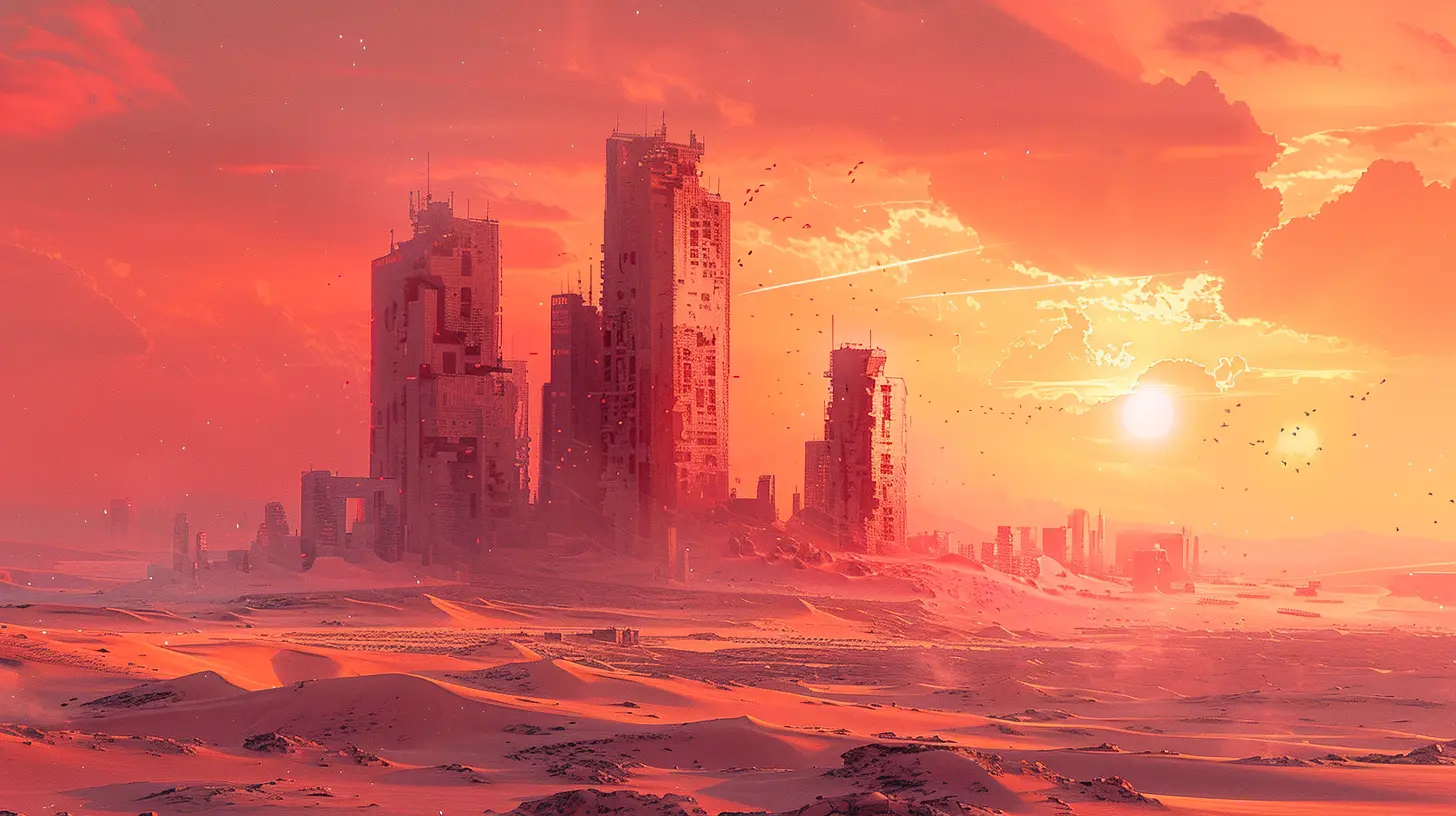
Examples of Stellar Environmental Storytelling in Games
Let’s look at some games that absolutely nailed environmental storytelling. Whether you’re a seasoned gamer or just dipping your toes in, these examples will leave you in awe of how much a world can say without uttering a single word.1. The Last of Us
This game is a masterclass in environmental storytelling. Every inch of the post-apocalyptic world tells a story of loss, survival, and hope. Walk through a dilapidated neighborhood, and you’ll find children’s drawings on the walls, tattered backpacks, and notes from families that tried to escape. These small details hit you right in the feels, making the world feel heartbreakingly real.2. Bioshock
From the moment you descend into Rapture, Bioshock’s underwater city, you know you’re in for something special. The Art Deco design fused with eerie, broken-down locations tells you everything you need to know about the city’s fall from grace. Decayed luxury, haunting audio recordings, and chilling graffiti like “Would you kindly?” paint an intricate picture of the chaos that unfolded.3. Dark Souls
Dark Souls doesn’t spoon-feed its story to you, and that’s what makes it so brilliant. The environments are drenched in lore—ruined castles, desolate landscapes, and mysterious statues hint at a forgotten past. You’ll find yourself asking questions like, “Who built this place? What happened here? And why does it feel so... lonely?”4. Red Dead Redemption 2
The Wild West is alive in this game, and it’s not just because of its beautiful visuals. Dive into a house in the middle of nowhere, and you’ll find evidence of lives long gone—abandoned possessions, family photos, and sometimes even graves in the backyard. Each location has a story, and the game doesn’t force you to notice. It’s there for the curious among us.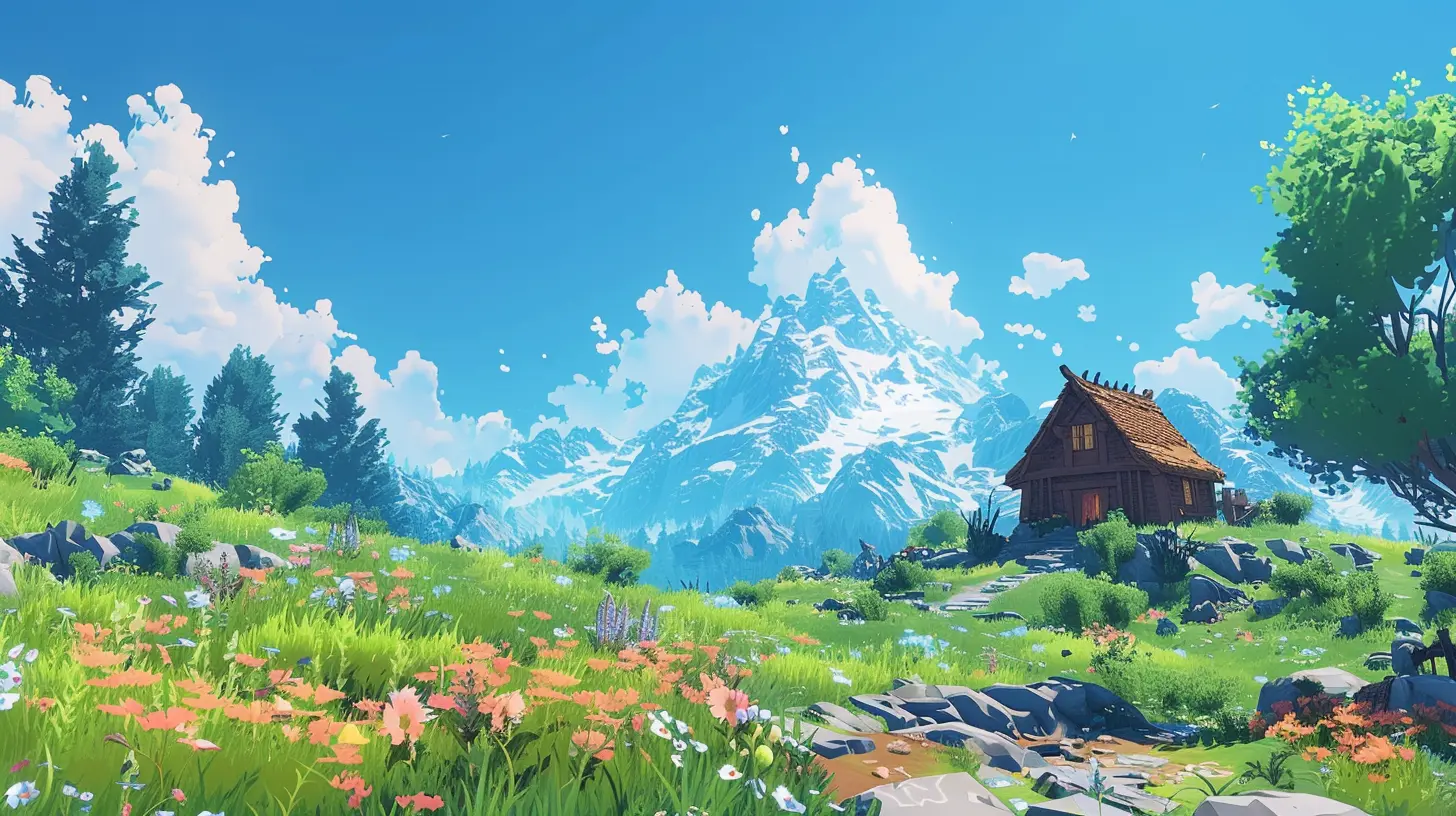
How to Master Environmental Storytelling as a Developer
If you’re a budding game developer—or just someone who’s curious about how the magic happens—here are some tips on how to craft compelling environmental storytelling.1. Start with the World’s History
Every world has a past. Even if players never see all of it, you as the creator need to know it. What events shaped this place? Were there wars, plagues, or cultural revolutions? The more detailed the backstory, the richer your world will feel.2. Focus on Visual Details
A single broken object can tell a story. Is that chair toppled over because of a fight? Was it abandoned in a hurry? Props and set dressing matter, so be intentional about every item you place in your world.3. Use Subtle Clues
Don’t hit players over the head with your storytelling. Let them discover it for themselves. Scatter notes, journals, or environmental cues that hint at something deeper without spelling it out.4. Leverage Sound
Audio is often overlooked, but it’s a powerful storytelling tool. The faint creak of floorboards, whispers carried on the wind, or distant explosions can hint at events happening beyond the player's immediate view.5. Think About Player Pathways
Where do you want players to go? What will they see first? Good environmental storytelling guides players naturally, nudging them toward the story without feeling forced.Why We Love Environmental Storytelling
Environmental storytelling is like finding hidden treasure. It’s satisfying, immersive, and often profoundly emotional. It rewards the curious and invites players to connect with the world on a deeper level. And honestly? It’s kind of addicting. Once you’ve experienced a game that uses this technique well, you’ll find yourself seeking it out in every title you play.It’s also a testament to how much gaming has evolved as a medium. We’ve moved beyond games being just about mechanics or scoring points—they’re now legitimate forms of art and storytelling. And environmental storytelling is one of the most beautiful ways to make worlds come alive.
Final Thoughts
Video game worlds that tell their own stories are something truly special. They let you step into the shoes of a detective, archaeologist, or historian as you piece together the fragments of a story hidden in plain sight. It’s a reminder that storytelling doesn’t always have to be loud or spelled out—it can be quiet, subtle, and just as powerful.Next time you play a game, take a moment to stop and look around. What is the environment trying to tell you? You might just find that the silent narrator has the most poignant story of all.
all images in this post were generated using AI tools
Category:
Game DevelopmentAuthor:

Francesca West
Discussion
rate this article
4 comments
Miranda Willis
This article brilliantly highlights the power of environmental storytelling in game design. By immersing players in richly detailed worlds, developers can convey narratives that enhance gameplay. It emphasizes how every element in a game's environment can contribute to its overall story. Great insights!
May 28, 2025 at 3:15 AM

Francesca West
Thank you for your thoughtful comment! I'm glad you found the article insightful and appreciate your support for the impact of environmental storytelling in game design.
Zorion Harmon
“Environmental storytelling? More like ‘let’s throw in a tree and call it character development!’ If the world can’t whisper its secrets without a dialogue box, it’s time to rethink the whole ‘immersive experience.’ Come on, game devs, let those pixelated trees speak up a little!” 🌳💁♂️
May 27, 2025 at 4:43 AM

Francesca West
Great point! True environmental storytelling should create a rich, immersive experience that communicates its narrative organically, without relying solely on explicit cues. Let's push for worlds that truly resonate!
Vincent Anderson
This article beautifully captures the essence of environmental storytelling. It's incredible how game worlds can convey rich narratives without words. I appreciate the insights shared here, and I’m excited to see where this art form goes next!
May 25, 2025 at 4:19 AM

Francesca West
Thank you for your thoughtful comment! I'm glad you enjoyed the article and share the excitement for the future of environmental storytelling.
Skye Lozano
Embrace the magic of environmental storytelling! Every pixel and detail in a game world holds the power to immerse us in rich narratives. Let's celebrate the artistry that transforms landscapes into living tales, inviting players to explore, connect, and discover the stories waiting just beyond the horizon. Game on!
May 24, 2025 at 4:56 AM

Francesca West
Absolutely! Environmental storytelling enriches gaming experiences by turning every detail into a narrative element, inviting players to explore and engage with immersive worlds. Let's celebrate this artistry!
